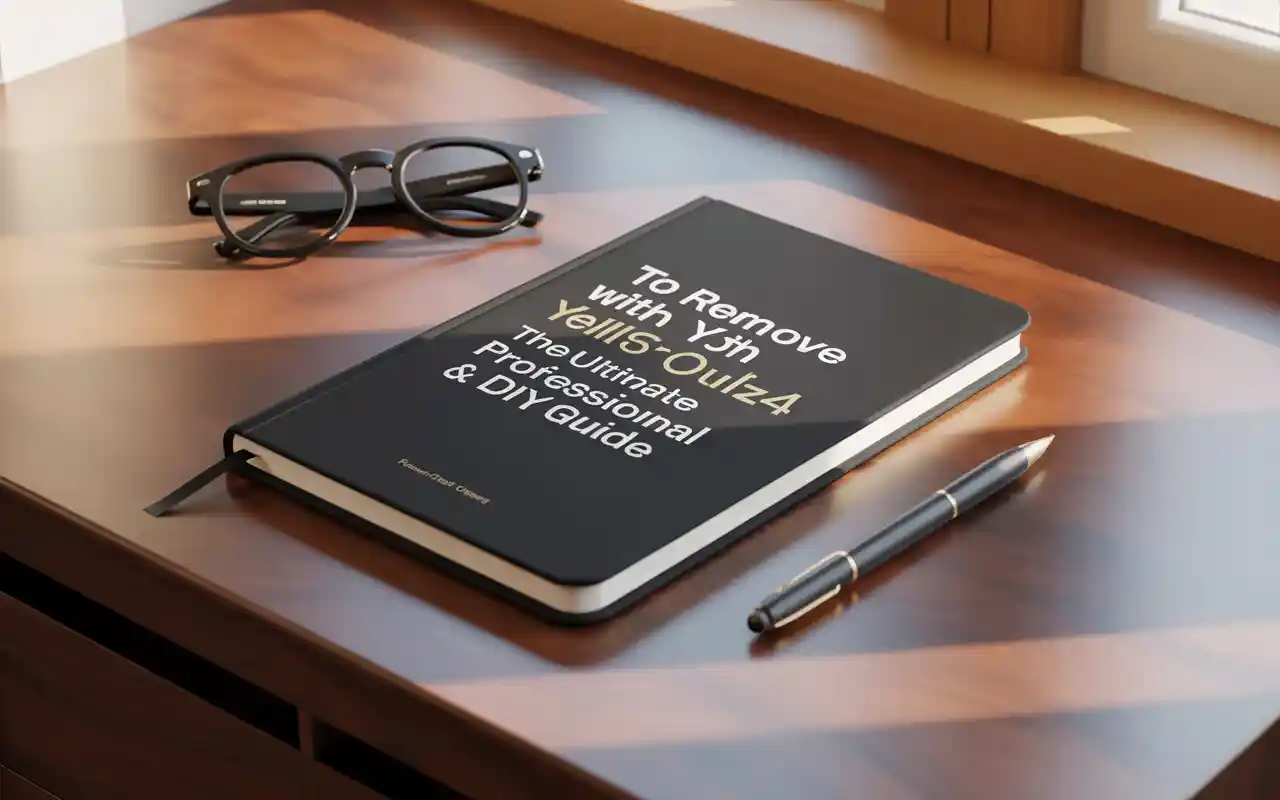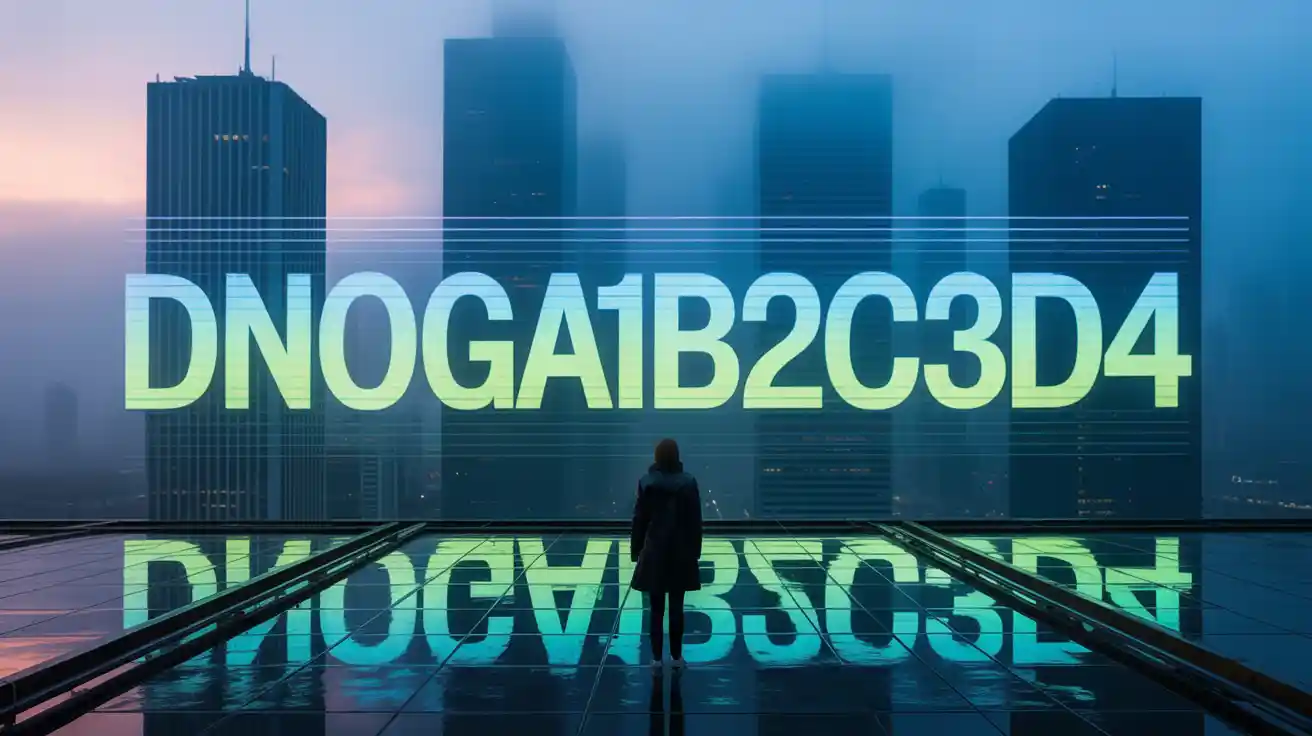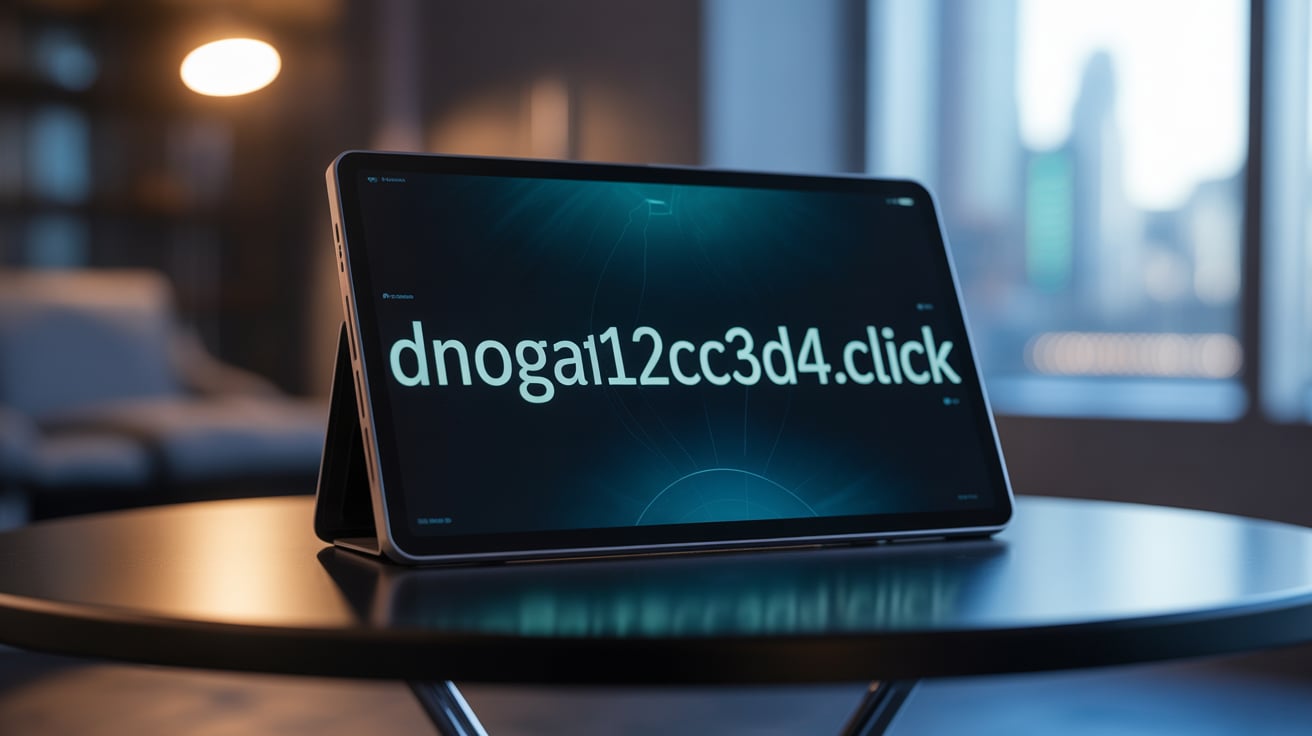In the vast spectrum of holistic wellness, certain terms capture curiosity not just for their unusual sound, but for the mystery they carry. One such term is kialodenzydaisis healing. At first glance, it might seem obscure or esoteric, but upon deeper exploration, it reveals a layered philosophy that blends physical recovery, emotional balance, and energy alignment into a single integrated system. Whether you approach it as a spiritual discipline, a meditative practice, or a complementary therapy, understanding its nuances can open new perspectives on personal well-being.
What Is Kialodenzydaisis Healing?
Kialodenzydaisis healing can be described as a multi-dimensional wellness method that focuses on restoring harmony across mind, body, and subtle energy fields. Unlike single-focus therapies that target only the physical or emotional self, this approach integrates:
- Energetic realignment
- Mindful awareness practices
- Gentle physical activation
- Guided internal visualization
It is said to encourage the body’s innate capacity to repair itself, while helping the mind release stress patterns and the spirit reconnect with a sense of purpose.
The Origins and Conceptual Roots
While modern interpretations of kialodenzydaisis healing often appear in contemporary wellness circles, its conceptual roots can be traced to ancient traditions that believed in life-force energy and the interconnectedness of all aspects of being. Practitioners suggest that the term itself, though modern in formulation, is inspired by words from multiple linguistic and cultural backgrounds, symbolizing unity across traditions.
The Core Principles of Kialodenzydaisis Healing
1. Holistic Integration
Kialodenzydaisis healing does not compartmentalize physical, mental, and spiritual health. Every session or practice is designed to address all three dimensions simultaneously.
2. Self-Awareness as a Foundation
Healing begins with awareness. By cultivating self-observation without judgment, practitioners can identify imbalances before they manifest as chronic conditions.
3. Energetic Flow Restoration
Just as rivers nourish the land, uninterrupted energy flow is believed to nourish the body. Kialodenzydaisis healing techniques often focus on removing internal “blockages” to restore vitality.
Techniques Used in Kialodenzydaisis Healing
Though methods vary between practitioners, common techniques include:
- Guided Breathing Sequences: Specific patterns to regulate nervous system response.
- Gentle Movement Exercises: To loosen tension and activate circulation.
- Vibrational Sound Therapy: Using tones or frequencies to align internal energy.
- Focused Visualization: Directing mental imagery toward targeted healing areas.
In advanced settings, these techniques are combined to create a layered experience where each element supports the other.
The Role of the Practitioner
In kialodenzydaisis healing, the practitioner acts less as a “healer” and more as a facilitator. They guide the process, create a safe space, and adapt techniques to the unique needs of the individual. Rather than imposing a rigid formula, they observe the participant’s responses and adjust accordingly, fostering a personalized journey toward wellness.
Benefits Reported by Practitioners and Participants
While experiences differ, common benefits associated with kialodenzydaisis healing include:
- Enhanced Relaxation: A deep sense of calm that lasts beyond the session.
- Improved Energy Levels: Feeling physically lighter and mentally clearer.
- Emotional Clarity: Reduction of anxiety and improved mood regulation.
- Better Sleep Quality: Harmonizing the body’s natural rhythms for rest.
- Increased Self-Connection: A renewed sense of purpose and inner alignment.
These benefits, while subjective, form a consistent pattern in reported outcomes, indicating that the method has wide-ranging potential.
Integrating Kialodenzydaisis Healing into Modern Life
One of the strengths of kialodenzydaisis healing is its adaptability. It can be practiced:
- Individually at home through guided exercises
- In group settings for collective energy synergy
- As a complementary therapy alongside conventional medicine
Even brief daily practices can help maintain equilibrium in high-stress environments, making it suitable for people with demanding schedules.
The Science Behind the Practice
While kialodenzydaisis healing has spiritual and philosophical roots, elements of it can be understood through modern science:
- Breathwork: Regulates the autonomic nervous system, reducing cortisol levels.
- Movement: Improves circulation and oxygenation of tissues.
- Visualization: Engages neural pathways linked to healing and pain modulation.
- Sound Therapy: Uses resonance to influence brainwave patterns and promote relaxation.
Thus, the practice bridges ancient wisdom with contemporary physiological understanding.
Common Misconceptions
Misconception 1: “It’s Just a Trend”
While the term might be gaining modern popularity, kialodenzydaisis healing is built on timeless principles found in various cultural traditions.
Misconception 2: “It’s a Replacement for Medical Care”
It is not intended to replace professional medical treatment but can be used as a supportive practice to enhance overall health.
Misconception 3: “It’s Only for Spiritually Inclined People”
While it includes spiritual aspects, kialodenzydaisis healing can be practiced purely for stress relief and physical well-being without any spiritual context.
The Future of Kialodenzydaisis Healing
As more people seek holistic solutions for health challenges, kialodenzydaisis healing is likely to see broader adoption. Future developments may include:
- Integration into wellness retreats worldwide
- Certification programs to standardize practitioner training
- Digital platforms offering guided sessions globally
- Clinical studies validating specific outcomes
By merging tradition with modern accessibility, it could evolve into a recognized modality in mainstream wellness programs.
Practical Tips for Beginners
If you’re curious about kialodenzydaisis healing, start with these steps:
- Learn the Basics: Understand the principles before attempting advanced techniques.
- Commit to Consistency: Even short daily practices can yield results.
- Track Your Progress: Keep a journal of physical, mental, and emotional changes.
- Stay Open-Minded: Benefits may appear subtly before becoming noticeable.
- Find a Skilled Practitioner: Personalized guidance can deepen the experience.
A Sample Daily Routine
Here’s an example of a simple 15-minute kialodenzydaisis healing routine:
- 2 minutes: Deep, slow breathing to center yourself
- 5 minutes: Gentle stretching combined with mindful awareness
- 5 minutes: Guided visualization focusing on a specific area of the body
- 3 minutes: Silent reflection to integrate the experience
Over time, you can expand and customize this framework based on your needs.
Conclusion
Kialodenzydaisis healing stands as a reminder that wellness is not merely the absence of illness, but the presence of balance, vitality, and connection. By harmonizing body, mind, and energy, it offers a path that is both ancient in spirit and adaptable to modern lifestyles. While it may sound unfamiliar at first, those who explore it often discover a profound, transformative practice that enriches their well-being on multiple levels.
Whether you engage with it as a daily habit, a stress-relief tool, or a deeper spiritual journey, kialodenzydaisis healing has the potential to become a valuable ally in your personal health toolkit.









Leave a Reply